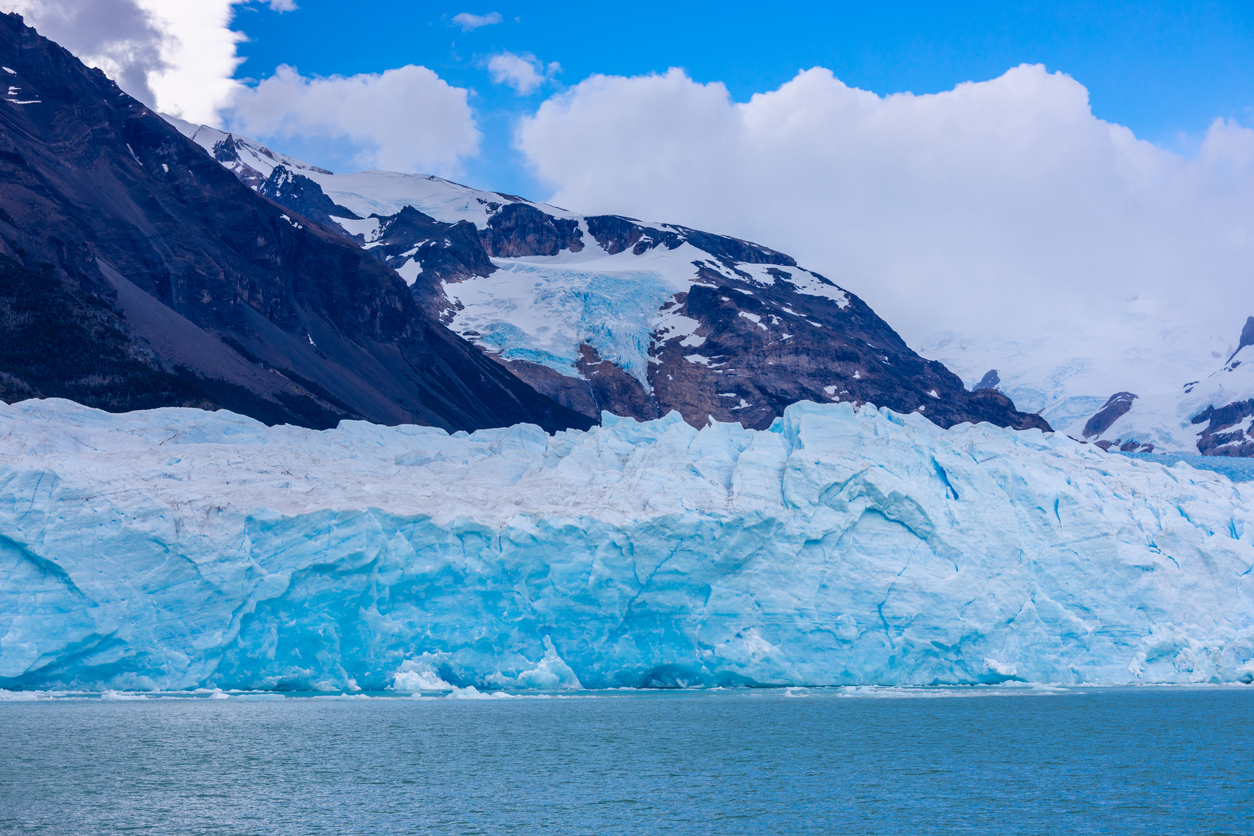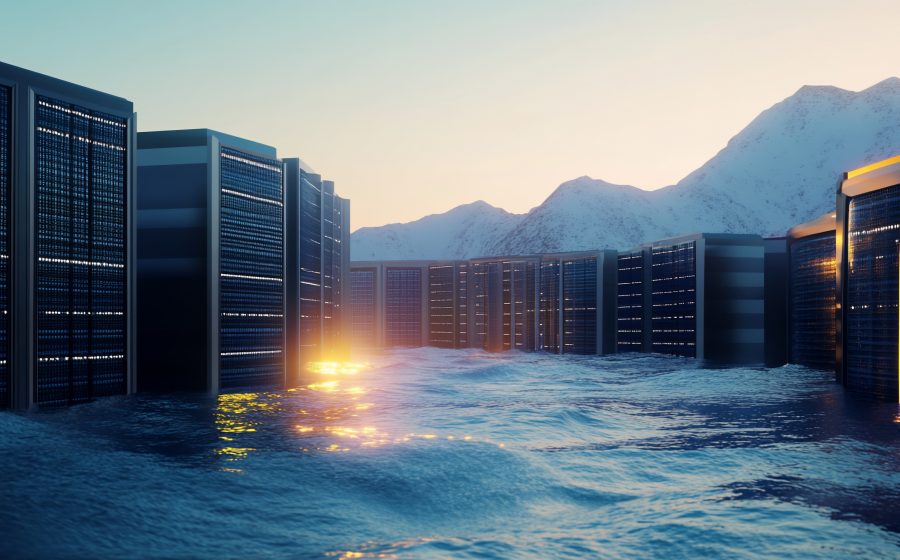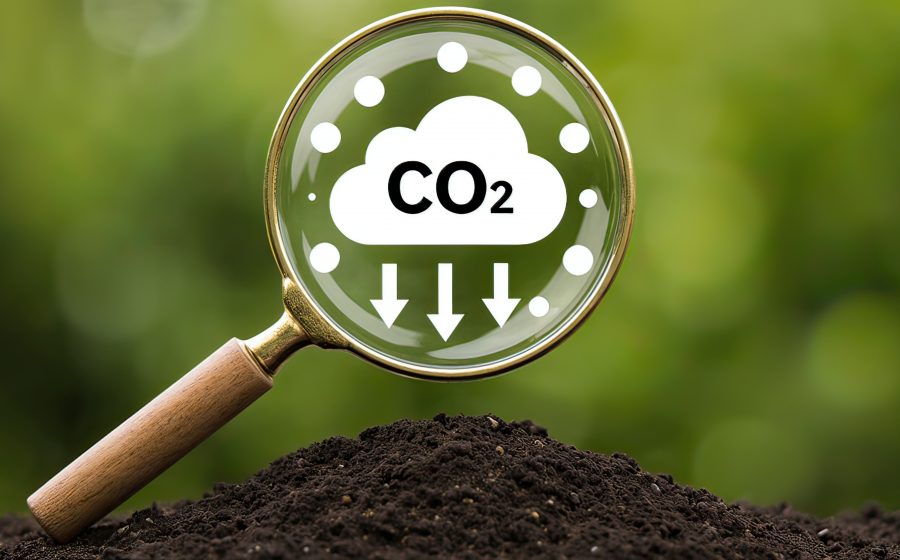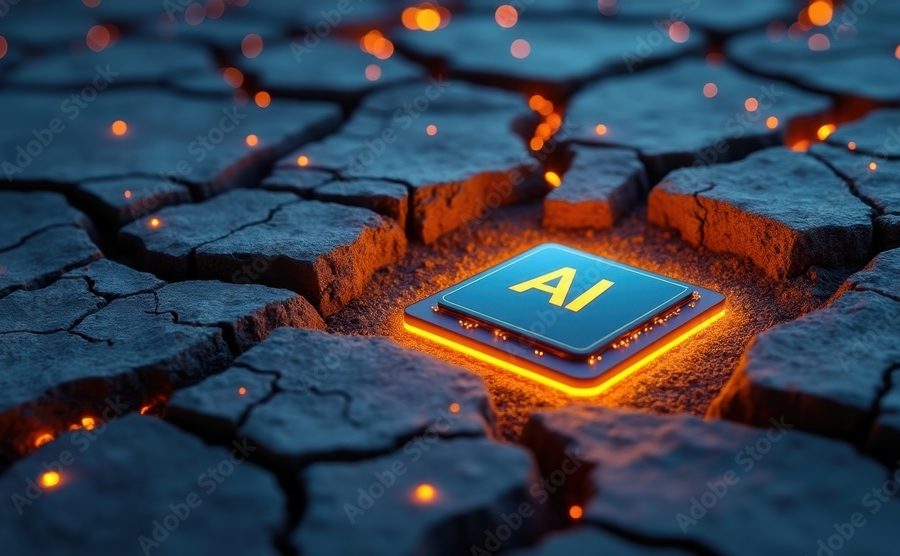The United Nations has officially declared 2025 as the International Year of Glaciers, a crucial initiative co-facilitated by UNESCO and the World Meteorological Organization (WMO).
This global effort aims to protect the world’s rapidly vanishing glaciers, which provide freshwater to over 2 billion people and play a critical role in climate regulation.
Glaciers and ice sheets store around 70 percent of the world’s freshwater, but their accelerating melt is triggering severe environmental and humanitarian crises.
In 2023, glaciers recorded their highest water loss in over five decades, with all glaciated regions reporting ice depletion. Switzerland alone lost 10 percent of its total glacier mass between 2022 and 2023, highlighting the severity of the crisis. In addition, a UNESCO study warns that glaciers in one-third of its World Heritage sites are projected to disappear by 2050 if warming trends continue.
While some level of glacier loss is inevitable due to current warming trends, experts stress the need for immediate policy shifts to mitigate further destruction. Regions like Central Asia, where glacier loss is already threatening water security, are at the forefront of this crisis.
The International Year of Glaciers will focus on raising awareness, advancing scientific research, and strengthening global policy frameworks. Several major events will mark the year, including the first World Glacier Day on March 21, coinciding with World Water Day.
The International Year of Glaciers serves as both a wake-up call and an opportunity to unite global efforts in preserving these vital ice masses.
Fortunately, within our .earth tribe, there are several organizations highlighting what glaciers can tell us about climate change:
- Catalyst.Earth: This organization is rigitally reconstructing glaciers’ pasts to help predict their futures. Learn more here.
- App.Liveit.Earth: This program explores how scientists study glaciers, what an ice core can tell us, and how climate change is affecting watersheds and our drinking water. Learn more here.
- Nimbo.Earth: This .earth member has a satellite radar image timelapse showing part of the West Ice sheet leaving the Antarctic continent, to help people think about the phenomenon of melting ice. Learn more here.
Does your organization study glaciers? The .earth web domain is ideal for enhancing your brands and communicating your mission of creating a safer planet through platforms for social and environmental activism.
To learn more about the .earth domain, visit Voices.Earth. In addition, many organizations and individuals are sharing their voices about the benefits of a .earth domain in our Voices.Earth podcast series.











